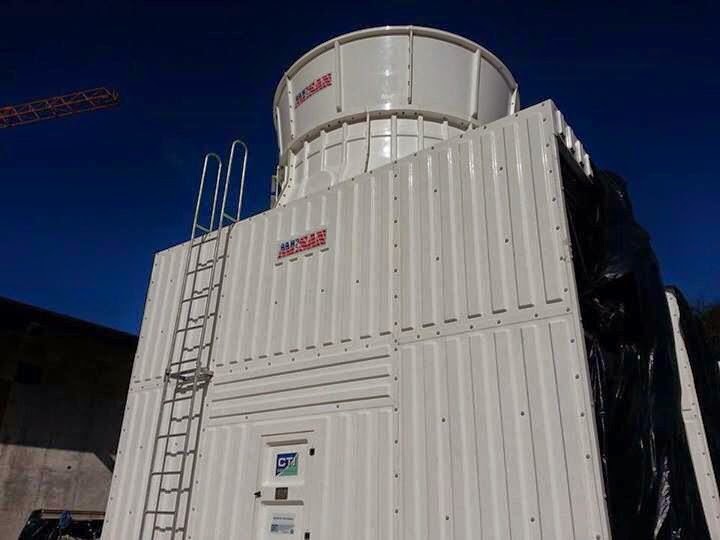WASHINGTON (AP) -- A federal appeals court on Tuesday upheld the Environmental Protection Agency's first emission standards for mercury and other hazardous air pollutants from coal- and oil-fired power plants.
In its ruling, the court rejected state and industry challenges to rules designed to clean up chromium, arsenic, acid gases, nickel, cadmium as well as mercury and other dangerous toxins.
The EPA's determination in 2000 that regulating emission standards is appropriate and necessary, and the agency's reaffirmation of that determination in 2012, 'are amply supported by EPA's findings regarding the health effects of mercury exposure,' said the court.
Congress did not specify what types or levels of public health risks should be deemed a hazard under federal law.
By leaving this gap in the statute, Congress delegated to the EPA the authority to give reasonable meaning to the term 'hazard,' said the court.
In the majority were chief judge Merrick Garland and judge Judith Rogers, both appointees of President Bill Clinton.
Judge Brett Kavanaugh, an appointee of President George W. Bush, joined most of the decision, but he parted company with his colleagues on the issue of cost - specifically, whether the EPA is obligated to consider industry costs in deciding whether regulation of hazardous air pollutants from power plants is appropriate.
'The problem here is that EPA did not even consider the costs,' Kavanaugh said. 'And the costs are huge, about $9.6 billion a year - that's billion with a b - by EPA's own calculation.'
In response, the majority said the EPA properly decided that the decision whether to regulate mercury should be based on health risks, not compliance costs.
The majority added that the EPA had determined that benefits of the rule exceeded costs by a factor of at least 3 to 1. Some industry groups have said the EPA was overstating the benefits.
It is only in the first stage of rulemaking that the EPA doesn't industry costs, said the majority opinion.
It added that the second stage leads to standards that are more restrictive and that, when setting those, the EPA does consider costs.
The new regulations are designed to remove toxins from the air that contribute to respiratory illnesses, birth defects and developmental problems in children.
Most companies operating power plants will have until March 2015 to meet the standards, but a state could grant an additional year and the EPA could extend the deadline until 2017 if the unit was critical for reliability.
- "The EPA proposed the rules in 2011."
Tuesday's ruling is 'a giant step forward on the road to cleaner, healthier air,' said Fred Krupp, president of the Environmental Defense Fund, which was a party in the case.
The EPA called the decision 'a victory for public health and the environment.'
'These practical and cost-effective standards will save thousands of lives each year, prevent heart and asthma attacks, while slashing emissions of the neurotoxin mercury, which can impair children's ability to learn,' the EPA said.
Laura Sheehan, senior vice president of communications for the American Coalition for Clean Coal Electricity, said that due in part to regulations like the one in Tuesday's ruling, almost 300 coal-fueled generating units in 33 states have announced they will shut down, costing the electricity sector roughly $200 billion in compliance costs and destroying at least 544,000 jobs.
Sheehan said that impacts of EPA's rulemaking processes aimed at coal have already been seen this past winter, with coal power plant retirements leading to increased reliance on natural gas - a just-in-time fuel source subject to volatile price spikes that many consumers and small businesses bore the brunt of.
She said such impacts will only increase as more coal units are retired, especially next spring, the deadline for complying with the mercury standard.
The coalition says industry has invested $130 billion to reduce major emissions from coal-fueled power plants by nearly 90 percent and that it plans to invest another $100 billion over the next decade on clean coal technology.
National Mining Association President and CEO Hal Quinn said the federal rule 'imposes enormous costs upon households and businesses but provides little additional environmental benefit. The court recognized the EPA has the authority to consider costs but upheld EPA's decision to ignore them.'






.gif)
.jpg)

.jpg)
.jpg)
.jpg)

.jpg)
.jpg)
.jpg)
.jpg)
.jpg)
.jpg)
.jpg)
.jpg)
.jpg)
.jpg)
.jpg)

.jpg)
.jpg)
.jpg)

.jpg)







